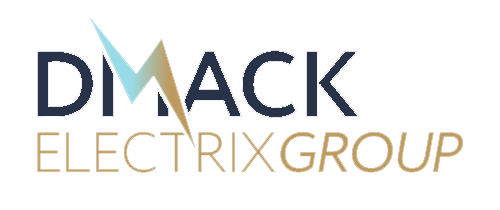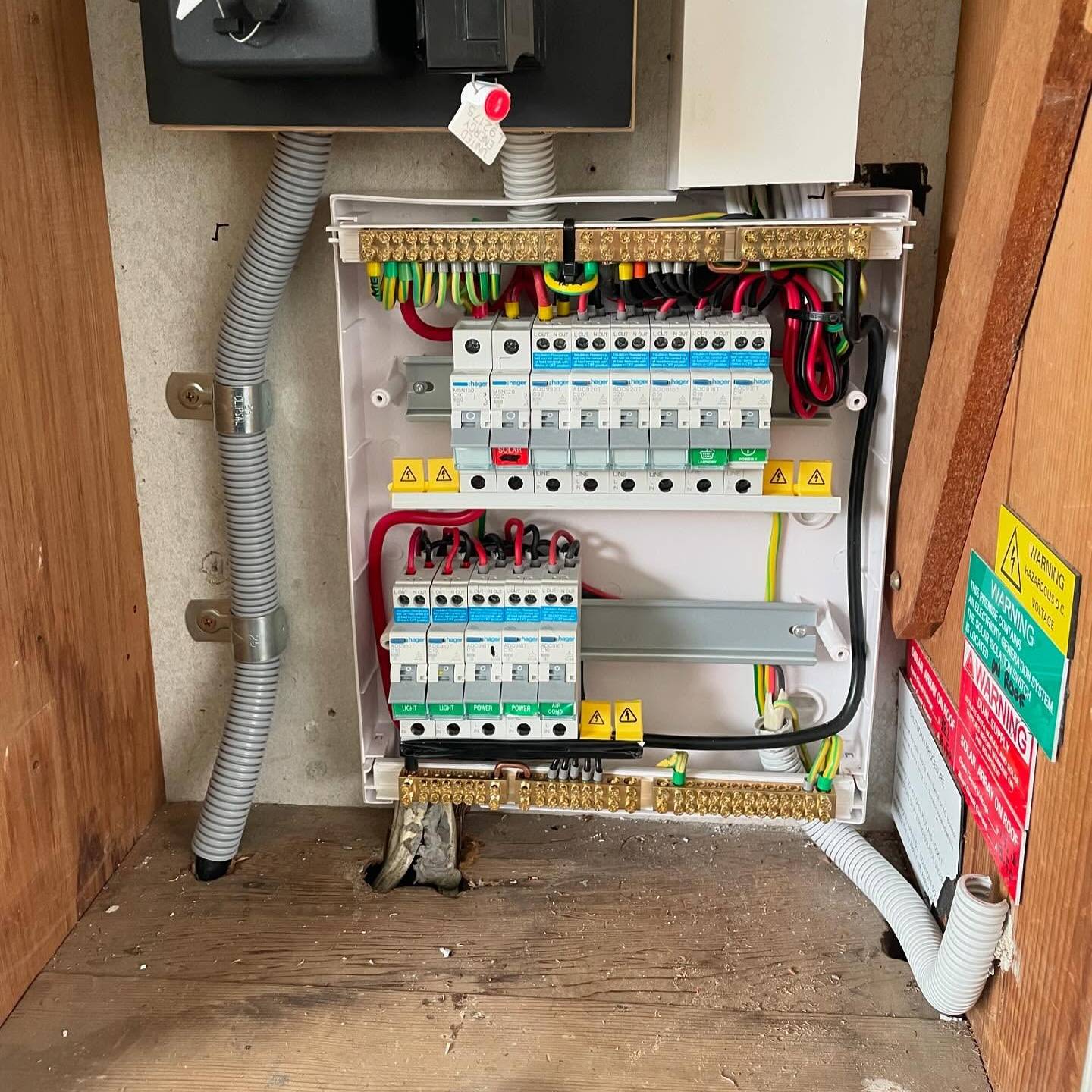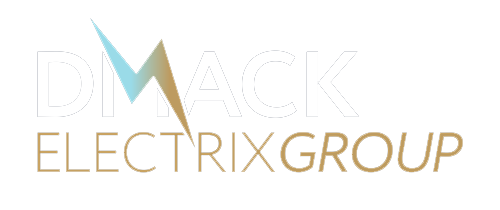What Is a Switchboard?
In Australia’s ever-evolving electrical landscape, the switchboard is a core component of any property’s electrical system. Whether you own a suburban home in Melbourne or manage a commercial facility in Brisbane, the switchboard ensures electricity is safely distributed across your premises. Without it, your lighting, appliances, or machinery wouldn’t function efficiently—or safely.
But what is a switchboard exactly? And why is it critical to know about it—especially if you’re a homeowner, builder, or business owner in Australia? In this guide, we’ll break down everything you need to know.
The Role of a Switchboard in Electrical Systems
A switchboard—also referred to as an electrical board, electric switchboard, or main switchboard—acts as the central distribution point for electricity entering your property. It receives electrical current from the mains and redirects it to various circuits throughout the building.
Each circuit is protected by a safety switch or circuit breaker. These devices are designed to prevent electrical faults, power surges, and potentially dangerous situations like fires or electric shocks.
Whether it’s a small switchboard panel in a Sydney townhouse or a complex commercial switchboard system in Perth, the purpose remains the same: manage and control your power supply safely and efficiently.
Types of Switchboards Found Across Australia
Australia uses a wide variety of switchboard configurations, depending on the scale of the property and its power requirements. Here are the most common:
1. Residential Switchboards
These are typically smaller electric switchboards for home, often located near the meter box or inside a garage. They feature a main power switch, circuit breakers, and safety switches (RCDs). Many older switchboards in Australia may still contain ceramic fuses, which are outdated and need urgent upgrading.
2. Commercial Switchboards
Designed to handle much higher voltage loads, commercial switchboards are more robust and complex. They may include main electrical switchgear, multiple distribution boards, and on-board electrical control systems. They’re commonly found in offices, schools, warehouses, and factories.
3. Subboards
A subboard (or sub-panel) acts as an auxiliary switchboard and is used when the main switchboard cannot cover all circuits—especially in larger buildings or extensions. These are particularly common in rural properties across Queensland and Western Australia.
When Should You Upgrade Your Switchboard?
Many older Australian homes still rely on outdated switchboards with fuse boxes, which don’t meet today’s safety standards. If your home’s switchboard wiring looks aged, it’s time for a professional inspection.
Here are signs that a switchboard upgrade may be needed:
- Flickering lights or frequent tripped switches
- Fuses instead of circuit breakers
- No RCD safety switches installed
- Adding new appliances or renovations that require more power
- Burn marks or a buzzing sound near the power switchboard
If you’re in regional areas like Ballarat or Toowoomba, where older homes are common, replacing your old electric switch board can improve safety and boost your property’s value.
Switchboard Installation and Costs in Australia
Switchboard replacement or installation costs can vary based on your location, the size of the property, and the complexity of the work. Here’s a rough breakdown:
- New South Wales: $900 – $2,500
- Victoria: $850 – $2,300
- Queensland: $950 – $2,600
- Western Australia: $1,000 – $2,800
- South Australia: $950 – $2,400
These figures generally cover the cost of a main switchboard installation with safety switches, and the removal of old components.
Remember, it’s critical to engage a licensed switchboard electrician for the work. Tampering with your electrical switchboard without certification is not only illegal in Australia—it’s dangerous.
What’s the Difference Between a Distribution Board and a Switchboard?
There’s often confusion between a distribution board and a switchboard. While the terms are used interchangeably, there are subtle distinctions:
- A switchboard is the broader panel that may house multiple distribution boards or subboards.
- A distribution board (or breaker box) is typically where the power is split into smaller circuits and where each circuit has its own protection.
In commercial setups, both components may be housed within a larger switchboard panel or enclosure.
Importance of Modern Electrical Switchboards for Homes
Modern electrical switchboards are built to comply with Australian standards, offering:
- Protection via RCD safety switches
- Clear labelling and organization of circuits
- Integration with solar power systems and battery storage
- Capacity for smart meters and future upgrades
For homes installing solar systems in cities like Adelaide or Hobart, compatibility with your electricity switchboard is essential for correct operation and grid compliance.
Switchboard Safety and Australian Standards
In Australia, all switchboard installations must comply with the AS/NZS 3000:2018 standard (commonly known as the Wiring Rules). This ensures safety, functionality, and energy efficiency.
Each state has its own energy authority (like NSW Fair Trading or Energy Safe Victoria), and registered electricians must adhere to these regulations. That includes proper switchboard wiring, certified RCDs, and main electrical switchboard configuration.
If your electrical board panel doesn’t meet these standards, you’re at risk of insurance voidance and safety hazards.
Common Issues With Electrical Switchboards
Homeowners and businesses across Australia frequently encounter issues with their switchboards. Common problems include:
- Overloaded circuits
- Loose or corroded connections
- Outdated fuse boxes
- Lack of safety switches
- No surge protection in areas with frequent storms (like the Gold Coast)
Routine maintenance and inspections can catch these issues early. At Dmack Electrix Group, we recommend a full switchboard service every 5–7 years.
FAQs: Frequently Asked Questions About Switchboards
What is a switchboard in an Australian home?
A switchboard is the central control panel for distributing electricity across your home. It protects your property from electrical faults and directs power to lights, outlets, and appliances.
How much does a switchboard upgrade cost in Australia?
Switchboard upgrades typically range from $900 to $2,800 depending on location, materials, and complexity. This includes safety switches, wiring, and labour.
Can I upgrade my switchboard myself?
No. In Australia, only licensed electricians can legally perform switchboard upgrades or repairs. Doing it yourself can be dangerous and illegal.
What’s the difference between a switchboard and a distribution board?
A switchboard manages incoming electricity and may contain multiple distribution boards. Distribution boards split the power into individual circuits and are often smaller.
Do I need to replace my switchboard when installing solar?
Most likely, yes. Older switchboards may not be compatible with solar systems or battery inverters. An upgrade ensures safety and compliance.
What is a commercial switchboard?
A commercial switchboard is a large-scale system that manages higher voltage loads in offices, warehouses, and public buildings. These systems often include advanced safety components and main electrical switchgear.
Choose Dmack Electrix Group for Reliable Switchboard Services
Based in Australia, Dmack Electrix Group specialises in the design, upgrade, installation, and maintenance of residential and commercial switchboards. Whether you’re in Sydney’s inner suburbs, rural Queensland, or the Adelaide Hills, our qualified electricians provide safe, code-compliant solutions tailored to your needs.
From replacing an outdated house switchboard to integrating smart systems into a new build, we help power your property the right way.
Let’s modernise your electrical board—get in touch with Dmack Electrix Group today for expert switchboard services across Australia.
Final Word
Your switchboard isn’t just another electrical component—it’s the backbone of your property’s safety and efficiency. From older homes in heritage zones to modern high-rises, ensuring your electrical switchboard panel is up to standard is crucial.
Keep your property powered and protected. Trust Australian switchboard specialists—trust Dmack Electrix Group.
Let me know if you’d like to create a location-based version of this blog for Sydney, Melbourne, or Queensland to improve regional ranking further.


